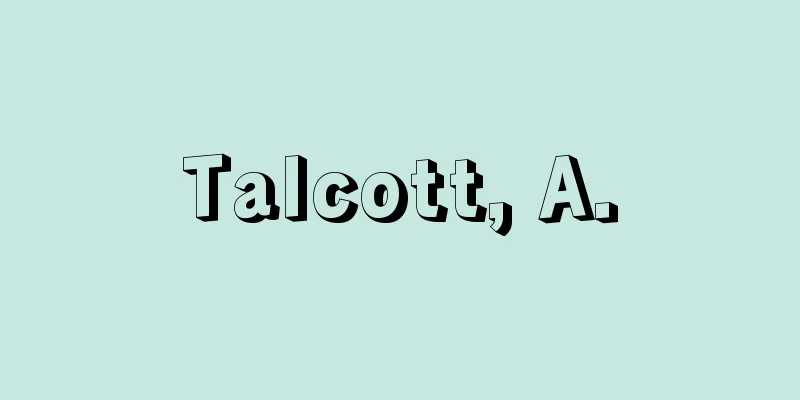Hell, Stefan

Born: 23 December 1962. Arad, Romania-born German chemist. Full name Stefan Walter Hell. He received his bachelor's degree in 1987 and his doctorate in 1990 from the University of Heidelberg. After working as a postdoctoral researcher at the European Molecular Biology Laboratory and as a senior researcher at the University of Turku in Finland from 1993 to 1996, he moved to the Max Planck Institute for Biophysical Chemistry in Germany in 1997, where he became director of the Nanobiophotonics department in 2002. He began developing ultra-high resolution microscopes to overcome the limitations of optical microscopes (→microscopes), which cannot distinguish objects smaller than half the wavelength of light, and electron microscopes, which cannot see living cells, and conducted research using the principle of fluorescence microscopy, which excites fluorescent substances with laser light and observes the light that is emitted. In 1994, he proposed the stimulated emission depletion microscope, which uses a doughnut-shaped light (stimulated emission depletion light (STED light)) to suppress the fluorescence of the peripheral parts of the target object, allowing only the fluorescence of the central part to be detected. Using this principle, he developed a fluorescence microscope that can obtain images with an ultra-high resolution of 10 nm, far exceeding the limits of conventional optical microscopes, and made it possible to observe the minute structures of cells and the movement of proteins in living organisms. In 2014, he was awarded the Nobel Prize in Chemistry along with Eric Betzig and WE Mörner for this achievement. Hel |
|
[生]1962.12.23. アラド ルーマニア生まれのドイツの化学者。フルネーム Stefan Walter Hell。ハイデルベルク大学で 1987年に学士号を,1990年に博士号を取得。ヨーロッパ分子生物学研究所の博士研究員,1993~96年フィンランドのトゥルク大学主任研究員を経て,1997年にドイツのマックス・プランク生物物理化学研究所に移り,2002年に同研究所ナノバイオフォトニクス部門の所長に就任した。光の波長の半分より小さいものは見分けられない光学顕微鏡(→顕微鏡),生きたままの細胞を見られない電子顕微鏡の限界を破ろうと超高解像度の顕微鏡の開発に着手し,ケイ光物質をレーザー光で励起させ,発する光を観察するケイ光顕微鏡の原理を利用して研究を進めた。1994年に,目的物周辺部分のケイ光を抑える光(誘導放出抑制光〈STED光〉)をドーナツ型にしてあて,中心部分のケイ光のみを検出できるようにする誘導放出抑制顕微鏡を提唱した。この原理によって,これまでの光学顕微鏡の限界をはるかにこえて 10nmという超高解像度の像を得られるケイ光顕微鏡を開発,細胞の微小構造や蛋白質の移動などを生きたままで観察できるようになった。2014年,この功績によりエリック・ベッツィヒ,W.E.モーナーとともにノーベル化学賞を受賞した。 ヘル
|
Recommend
Australia antigen
HB S antigen is the surface antigen of the hepatit...
Brasov (English spelling)
In German it is called Kronstadt, and in Hungarian...
Brown, WW (English spelling) BrownWW
...The content that can be encompassed under the ...
Chain store
This type of retail format emerged in the United S...
Charles-Louis Hanon
1819‐1900 French organist and piano teacher. Her c...
serra
…These mountains are not steep like the mountains...
Sadowara [town] - Sadowara
A former town in Miyazaki County, central Miyazaki...
Fahrenheit - Daniel Gabriel Fahrenheit
German physicist. Born in Danzig (now Gdansk, Pol...
regulated company
…A chartered company that has acquired legal pers...
Bat vine - Bat vine
A deciduous woody creeper of the Menispermaceae fa...
Yakubinskii, LP (English spelling) YakubinskiiLP
…The Society for the Study of Poetic Language was...
Mosque of Suleiman the Magnificent - Mosque of Suleiman the Magnificent (English name) Süleymaniye Cami
This mosque is located in Istanbul. It was built b...
Training harvesting method - Shitateshuukakuho
This refers to the training and harvesting method,...
Raptorial leg
...In the fifth walking leg of spiny lobsters, th...
Guardhouse - Bansho
(1) A guard post. In the Muromachi period, it was...









